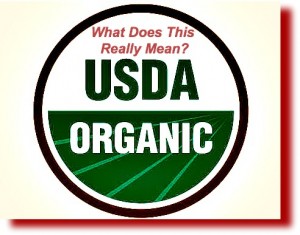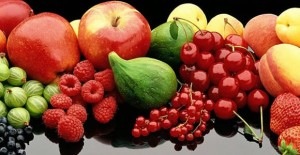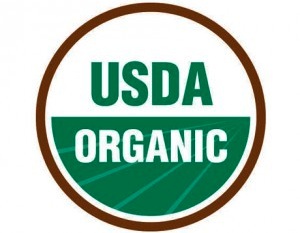 Even though “organic” refers to a method of production rather than the nutritional content of a particular food, the “organic” label can make you think that the food is healthier and tastier. A Cornell University study tested what’s called the “halo effect,” or the idea that people are influenced by how something is described.
Even though “organic” refers to a method of production rather than the nutritional content of a particular food, the “organic” label can make you think that the food is healthier and tastier. A Cornell University study tested what’s called the “halo effect,” or the idea that people are influenced by how something is described.
The study looked at the “health halo effect” of whether people thought food products labeled “organic” were more nutritious and better tasting than conventionally produced products.
The study participants ranked the taste, estimated the caloric content, and indicated how much they would pay for what they thought were both conventionally and organically produced chocolate sandwich cookies, plain yogurt, and potato chips. Everything was organic, but the products were labeled as either “regular” or “organic.”
Organic Foods Fall Under A “Health Halo”
The study participants:
- preferred most of the taste of foods labeled “organic” even though the “regular” food was exactly the same
- thought the food labeled “organic” was lower in fat, higher in fiber, significantly lower in calories, and worth more money
- thought the chips and cookies labeled “organic” were more nutritious than the ones they thought were not organic.
What Is Organic Food?
According to the USDA, “organic food is produced by farmers who emphasize the use of renewable resources and the conservation of soil and water to enhance environmental quality for future generations. Organic meat, poultry, eggs, and dairy products come from animals that are given no antibiotics or growth hormones. Organic food is produced without using most conventional pesticides; fertilizers made with synthetic ingredients or sewage sludge; bioengineering; or ionizing radiation. Before a product can be labeled ‘organic,’ a Government-approved certifier inspects the farm where the food is grown to make sure the farmer is following all the rules necessary to meet USDA organic standards. Companies that handle or process organic food before it gets to your local supermarket or restaurant must be certified, too.”
Categories Of Organic Products (USDA)
- “100% Organic” products are made with 100% organic ingredients
- “Organic” products are made with at least 95% organic ingredients
- Products labeled “Made With Organic Ingredients” have a minimum of 70% organic ingredients (with strict restrictions on the other 30%)
- Products with less than 70% organic ingredients can list organic ingredients on their side panel but not on the front
What Does The USDA Organic Seal Mean?
The USDA Organic seal assures consumers of the quality and integrity of organic products. Businesses that are organic-certified must have an organic system plan and records that verify their compliance. They are inspected annually, with random checks to ensure that standards are being met.


